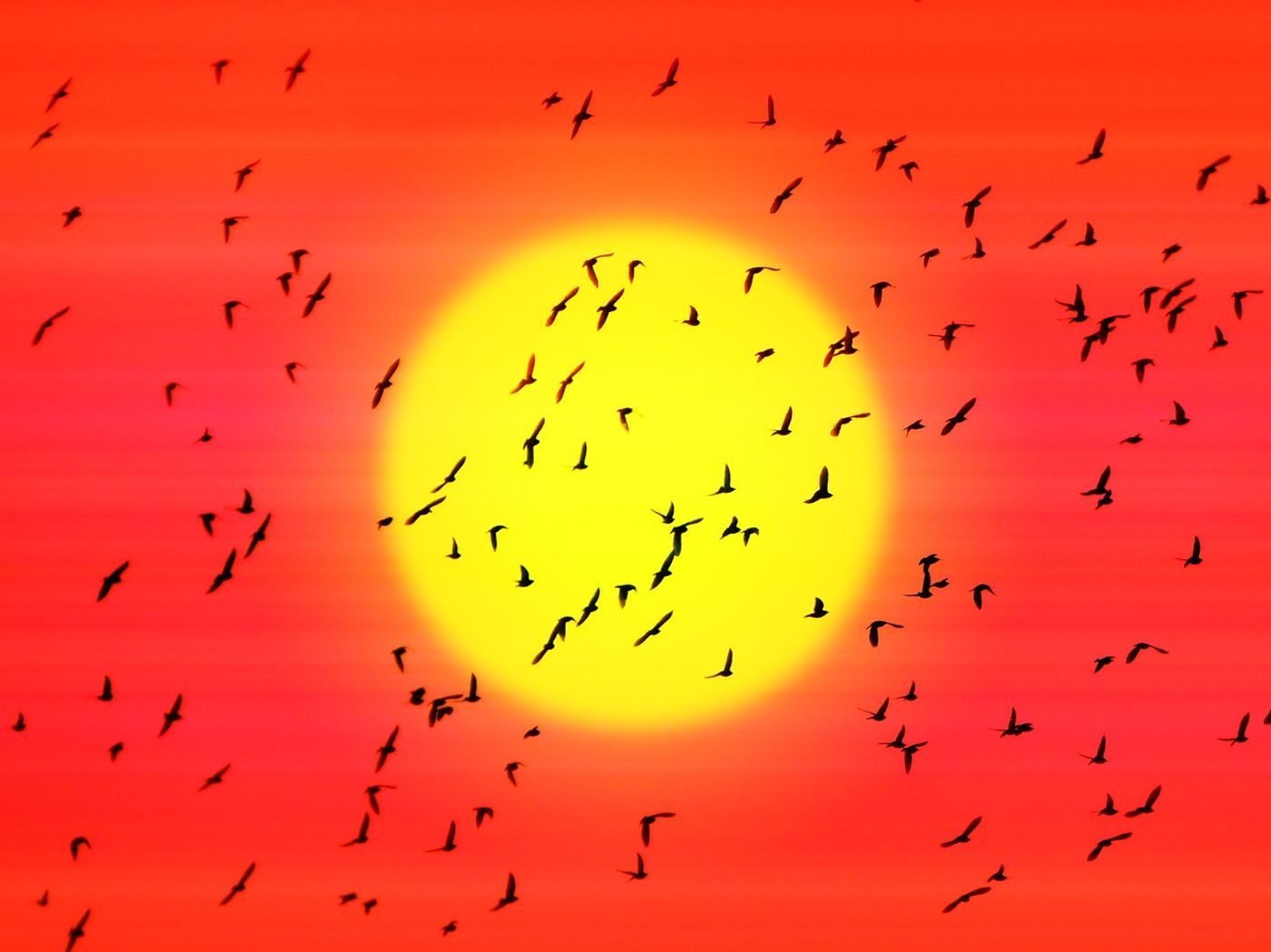Is the Earth's Magnetic Field Sending Birds the Wrong Direction?
In a recent study published in Scientific Reports, a team of researchers led by the University of California, Los Angeles (UCLA) examined how the disruptions in the Earth’s magnetic field plays a role in causing birds to exhibit a phenomenon known as “vagrancy”, of leading them astray, from their normal flight paths, specifically during their yearly fall migrations. This study holds the potential to help scientists better understand how wildlife behavior reacts to the Earth and its many processes.
"There's increasing evidence that birds can actually see geomagnetic fields," Dr. Morgan Tingley, a UCLA associate professor of ecology and evolutionary biology, and a co-author on the study, said in a statement. "In familiar areas, birds may navigate by geography, but in some situations it's easier to use geomagnetism."
For the study, the researchers used almost 60 years of data from the United States Geological Survey spanning from 1969 to 2019 from across North America that accounted for 2 million captures of 152 landbird species and compared it to historical data of solar activity and geomagnetic (magnetic field) disruptions. They discovered that disruptions in the Earth’s magnetic field affected birds both young and old, while they were surprised to discover that solar activity exhibited decreased incidents of vagrancy. They believe one reason for this the birds’ magnetoreceptors were unusable due to the radiofrequency activity generated by the solar activity.
"We think the combination of high solar activity and geomagnetic disturbance leads to either a pause in migration or a switch to other cues during fall migration," Benjamin Tonelli, who is a UCLA PhD student, and lead author of the study, said in a statement. "Interestingly, birds that migrate during the day were generally exceptions to this rule -- they were more affected by solar activity."
While birds were the sole focus of this study, the methods and findings used here could also be used to better understand why other migratory species, such as whales, could also become disoriented, as well.
Sources: Scientific Reports, UCLA Newsroom
As always, keep doing science & keep looking up!









